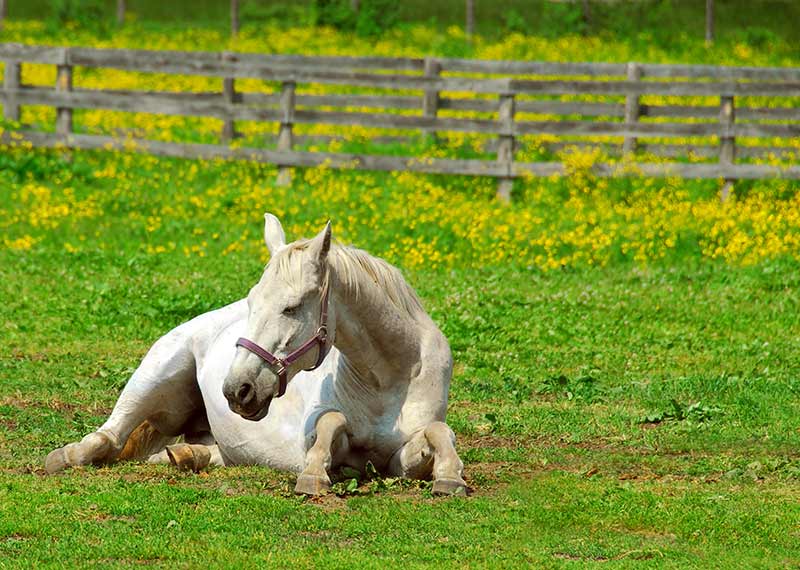
With the temperatures soaring well past 30 degrees, it is important to keep the safety of our horses in mind. The heat and humidity can be a deadly combination and affect our horse???s health and performance if not managed correctly throughout the day.
The expectation that horses are meant to perform at an intense level can lead to a number of dangers in summer related to their health. These dangers include high body temperatures; poor ventilation; lack of air flow; humidity; dehydration; and extended periods of sunlight.
Signs of heat stress
Heat stress can become a serious problem in a horse if not monitored correctly, especially when they are still doing large amounts of exercise. As they exercise, a horse???s muscle transforms their energy into movement and heat. This heat can rise quickly and with no way to disperse of it, they would overheat in a matter of seconds.
Fortunately for horses, they have ways to combat this heat. Horses are able to increase their breathing and sweating rate which in turn moves more blood to the capillaries under the skin and therefore gives the built-up heat an outlet. In saying this though, when the weather reaches extreme temperatures they may not be able to fully release this built up heat which can lead to serious complications including heat stress. The most common signs of heat stress are:
- Increased amount of sweat
- No sweating
- Increased breathing rate ??? more than 20 breaths a minute
- Increased heart rate ??? more than 50 beats a minute
- Hot and dry skin
- A rectal temperature greater than 38??C
Reducing the effects of heat
Being vigilant on hot days is the best way to protect your horse. If you notice any of the above symptoms at any time of day, you will need to act quickly to prevent the full effects of heat stress. The first thing to do is contact a vet immediately to have them assess your horse and determine the severity of the heat stress as well as administer any necessary treatment.
While you???re waiting for the vet to arrive, move your horse into a shaded area and use a sponge and cold water to wipe them down. Be sure to focus on their legs and around the head and neck as these areas are where the blood vessels are more prominent near the surface. Using a hose with cold water will add another dimension when cooling your horse???s body temperature down.
Encourage your horse to drink as much water as possible, as giving them shade and water is normally enough to get them back to normal in most heat-related problems. If they are not going near the water, offer them choices of normal tap water and some water with electrolytes or a salt block as this may entice them more.
Over the next 2 weeks after their initial heat stress related incident, it is important to continuously monitor them as they will be more susceptible to overheating. Therefore, it is better to be cautious when it comes to hot days and horses and to stay extra vigilant. If the symptoms seem to continue, contact a vet immediately to have them fully assess your horse.


